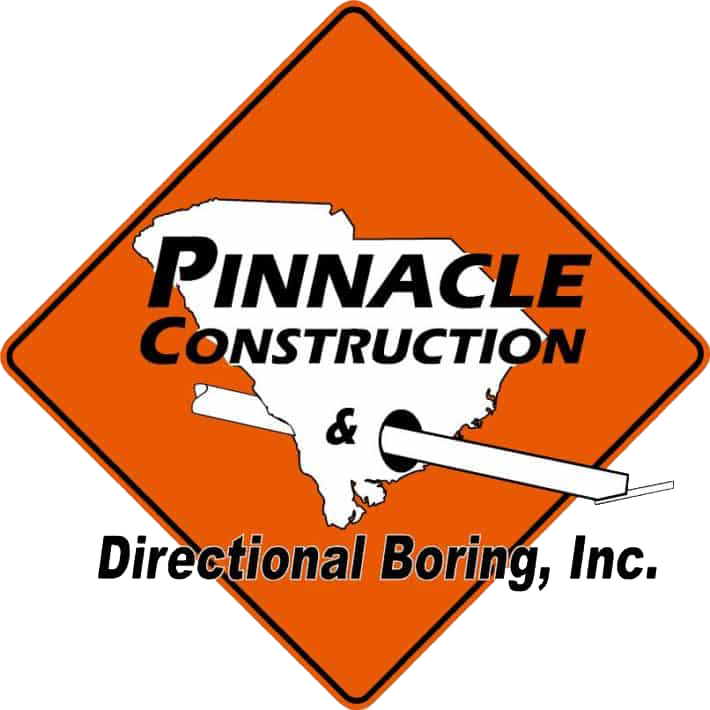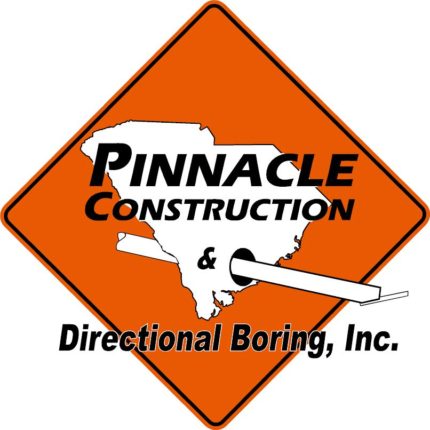Case Study: Pinnacle Construction & Directional Boring, Inc.’s experience with HDD planning tools Since starting the business in 2001, Erik Carlson, owner of Pinnacle Construction & Directional Boring, Inc., (Pinnacle Construction) believed bore planning was the most vital part of his company’s reputation and long-term success.
In Pinnacle Construction’s early years, Carlson used Vermeer Atlas Bore Planner computer software to help plan and design bores. Although he thought it was a useful program, he said today’s productivity tools have added features that can help make it more convenient to use.
Pinnacle Construction now uses Vermeer Projects to help plan, map, and document as-built bore profile information on almost every high-profile bore they do. He said the software program has helped his team be more professional and responsive to the needs of the company’s utility customers.
“We used to have to take a measuring wheel out to a jobsite to plot utilities,” Carlson explained. “Now with the Vermeer Projects productivity tool, we can map a bore and mark existing utilities and obstacles using a smartphone and a 6.6-foot (2-meter) stick. We usually capture three GPS positions for each utility—one to the left, one where we will intersect, and one to the right. This can be more efficient and more accurate than other methods.”
Back in the office, Carlson can open and review the collected GPS data in Vermeer Projects. He usually labels each utility and identifies who owns it, the utility’s size, and pertinent elevation information. He then adds bore details, including the type and size of pipe being installed, what directional drill will be performing the bore, and setback requirements. Next, he lays out the floor of the bore, shows the utilities, and establishes entry and exit locations. Carlson also pulls soil conditions from the USGS site to help calculate drilling fluid requirements and help determine if the pipe they are installing will be able to support the static load after it has been installed.
After the planning work is completed, Carlson generates a report, combines it with other project document, and sends it off to the engineer on the job, who uploads everything for the DOT to review. If the DOT has any concerns, Carlson can make adjustments in Vermeer Projects and then resubmit it for approval.
Once a bore plan has been approved, Carlson can then give the information to the drill crew working on the project. Some of his operators prefer a printout with rod-by-rod information while others choose to load an electronic file into the Vermeer BoreAssist app loaded onto their DCI DigiTrak Aurora display. Coupled with Log-While-Drilling (LWD) and a DCI Falcon F5 locating system, the operator can compare LWD data to the plan loaded in the BoreAssist app. The operator can then follow the rod-by-rod plan to complete the bore. The locator operator can send logging points from the Falcon F5 back to the Aurora display for logging as-built bore profile information. Once the job is done, the as-built data can be uploaded into Vermeer Projects to be merged and shared with the customer.
Charleston Airport Fiber-Optic Relocation Project
Pinnacle Construction’s thorough planning process earned the team an invitation to bid on a major fiberoptic relocation project at the Charleston Airport. After winning the job, the team reviewed all of their standard planning steps, as well as a few extras. “We laid out the utilities, brought in a private locator to verify utilities that were not publicly operated, used GPR to confirm locations under the main airport vehicle access road, used GPS to plot our course, and then plugged all the information into Vermeer Projects,” said Carlson. “Everything had to be accurate because the whole project was going to happen during regular airport operations, and an accidental utility strike could have caused major issues for the airport, airlines, and travelers.”

The most challenging shot on the nearly 2,500-foot (762-meter) project was the 285-foot (86.9-m) bore that started outside of the airport and ended 60 feet (18.3 meters) inside of the terminal’s basement—12 feet (3.7 meters) below grade through a 20-inch (50.8-centimeter) hole located 48 inches (120.9 centimeters) off of the floor of the baggage handling area. From there, the crew pulled back four 4-inch (10.2-centimeter) conduits.
The bore required them to navigate around the airport’s firefighting water system and to drill between vertical supports 11 feet (3.4 meters) below the floor of the active baggage claim area. Carlson said it was a first for him and his team. “We had to hit the hole blind because of where it was located,” he explained. “The professional surveyor we hired to stake and map the job provided topography and aided with determining the path and exit target points. We also hired a sweeping company to keep the runway and taxiway areas clean, and a vacuum service company to run piping from outside the airport to the exit point because we couldn’t get a vacuum excavator near there. All of this planning that we did beforehand was the reason we were successful.”

A representative from Digital Control Incorporated (DCI) was onsite to help track the bore’s progress and to accurately locate the drill’s sonde through all of the rebar and concrete. The team used a DCI SubK rebar sonde model. Carlson said his locating team used its Falcon F5 locator to record the GPS location of the bores and mark utilities so that they could provide the airport with an accurate as-built bore profile after the job was complete.

The 285-foot (86.9-meter) pilot bore took the crew about five hours to complete; longer than usual but the team worked slowly so that everything would go according to plan. On hand to witness the drill head exiting the 20-inch (50.8-centimeter) hole was the airport’s director of operations, IT supervisor, IT manager, and several other dignitaries. Pinnacle Construction’s team hit the hole—dead center. Carlson said he couldn’t have been any prouder of this team and everyone he recruited to help with the job.

A commitment to planning and incorporating bore-planning tools helped Pinnacle Construction complete this challenging project.



